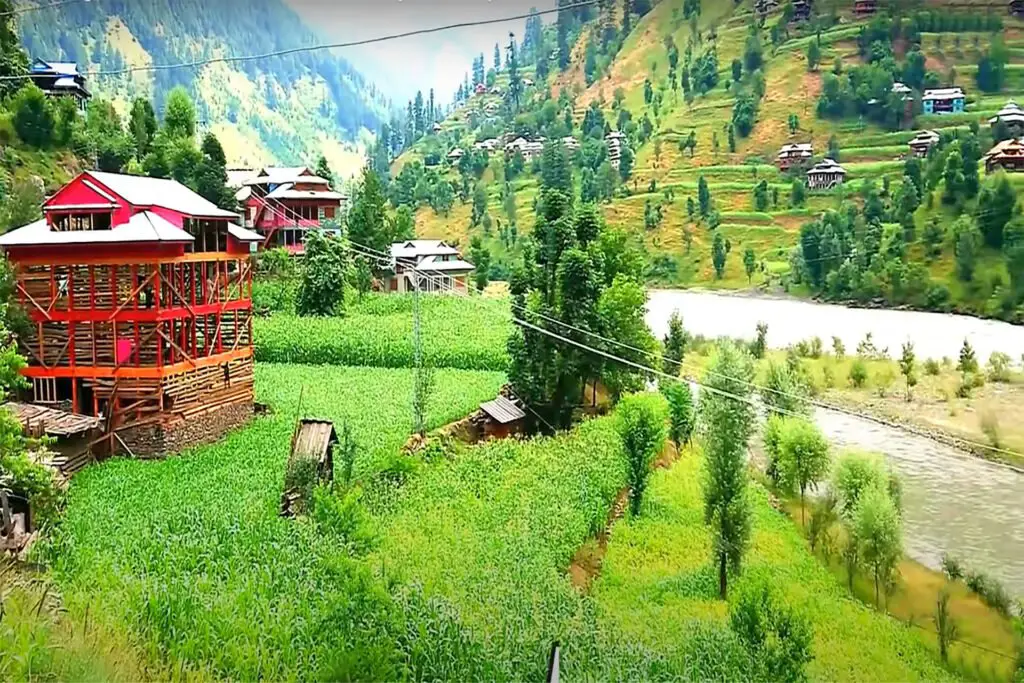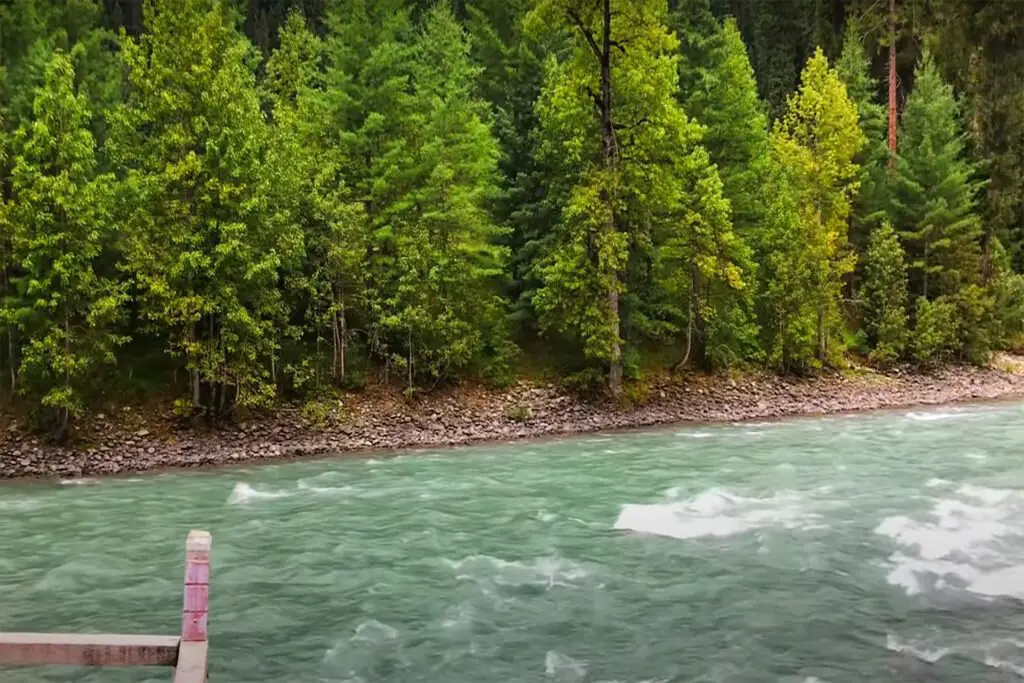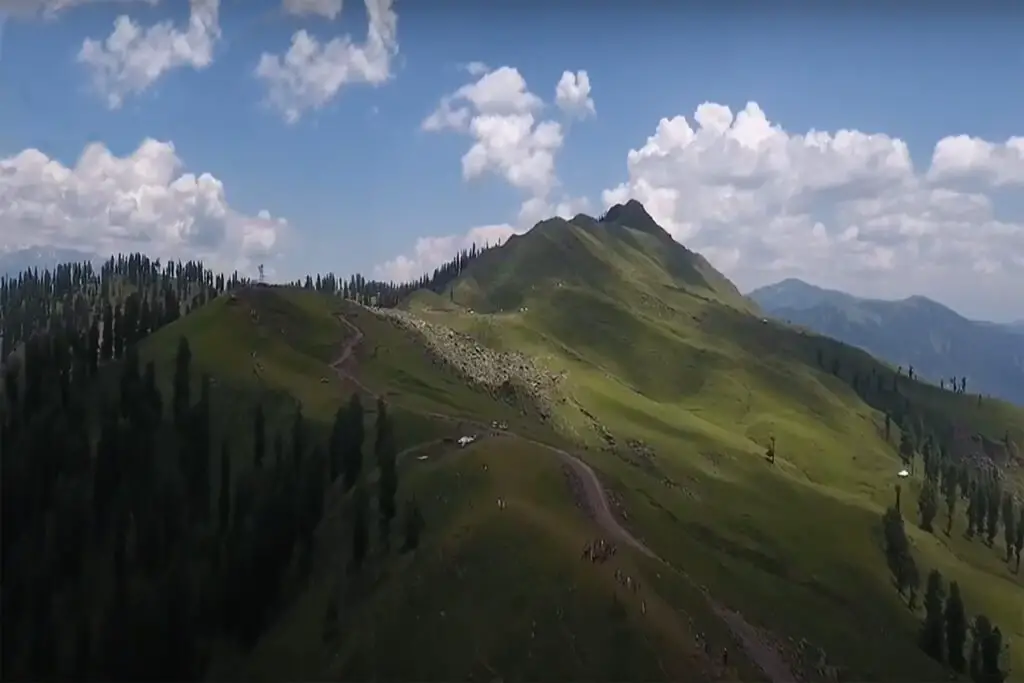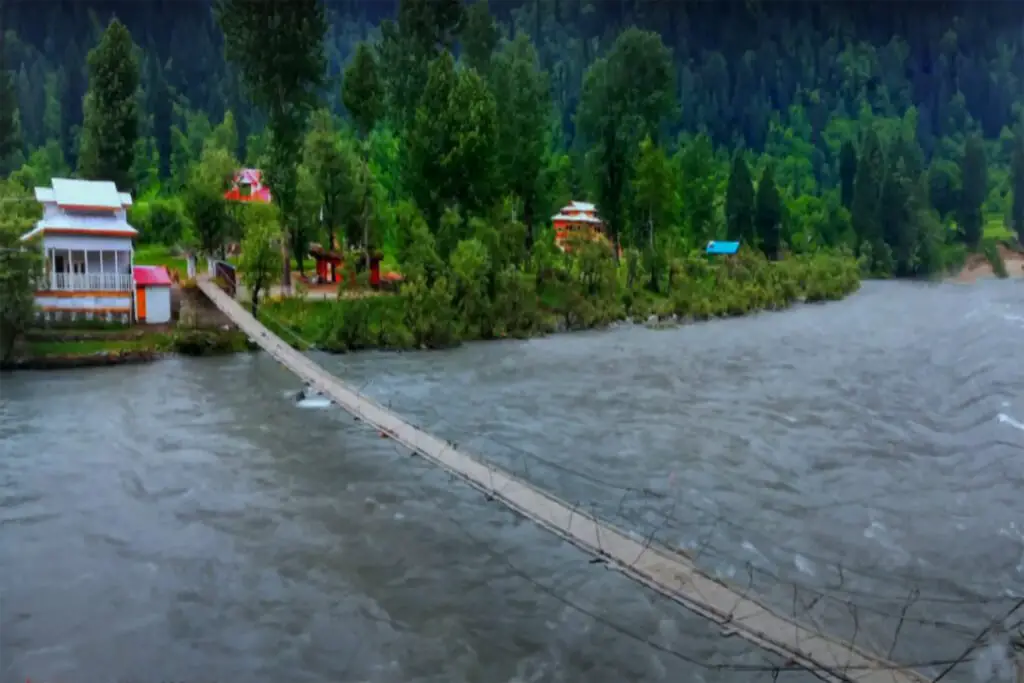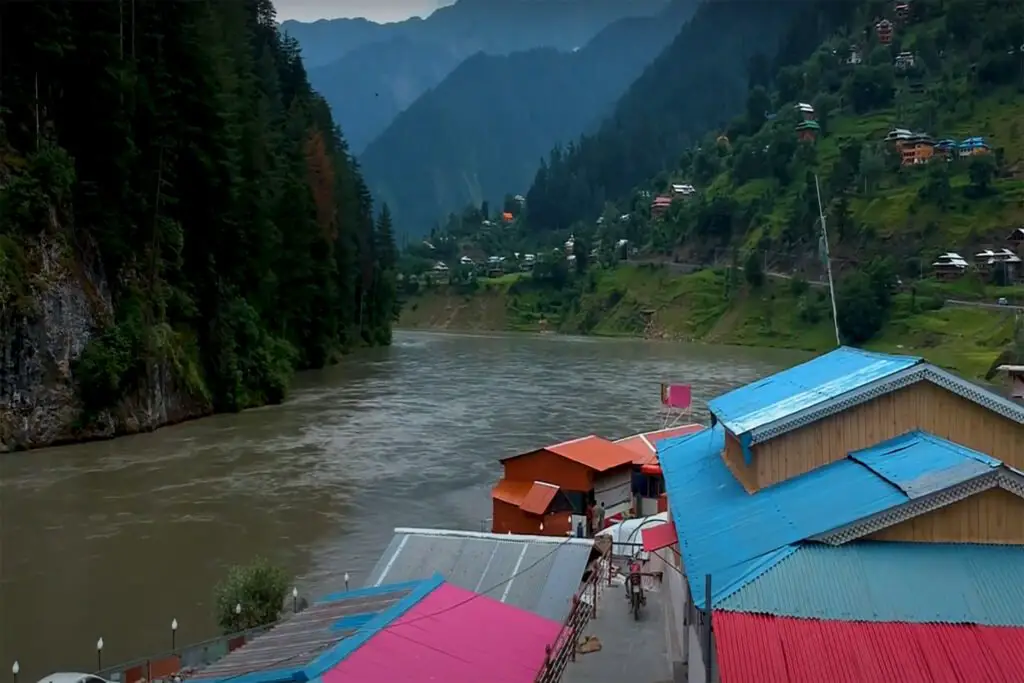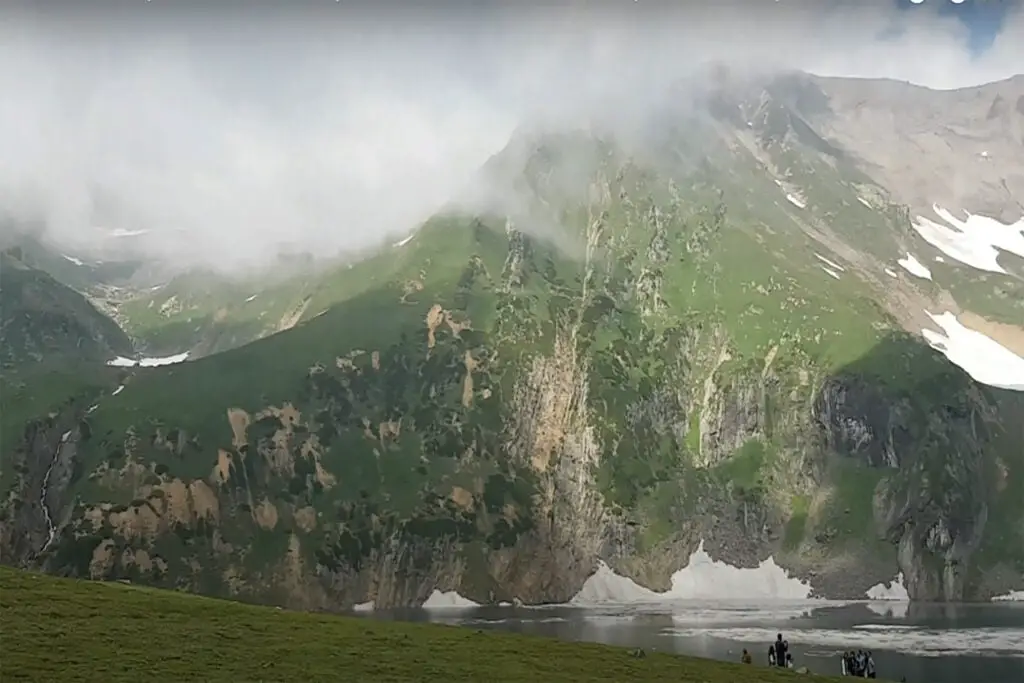Ziarat, situated in the Ziarat District of Balochistan, lies approximately 130 kilometers (81 miles) away from eastern Balochistan’s capital, Quetta. Ziarat Balochistan attained district status on the 1st of July 1986, prior to which it was a part of the Sibi District. One of the notable landmarks in this area is the Quaid-e-Azam Residence, nestled in a picturesque valley where Quaid-e-Azam, the founding father of Pakistan, spent some of the most cherished moments of his life.
Ziarat Earthquake
In the early hours of October 29, 2008, at approximately 4:00 a.m., a dual earthquake struck the Ziarat region and its environs. The initial tremor, registering a magnitude of 6.2, was of short duration, followed by a second tremor of 6.4 magnitude, which persisted for nearly 30 seconds. This seismic activity resulted in severe damage to numerous adobe houses and several government structures.
The earthquake’s impact extended to adjacent villages, where it wreaked havoc. The disaster claimed the lives of over 200 individuals and rendered more than 50,000 residents homeless. Landslides triggered by the quake severed numerous roadways, complicating rescue efforts. To access remote and mountainous areas for rescue operations, the Pakistani military deployed helicopters.
Landscape of Ziarat Balochistan
This valley is enveloped by luxuriant juniper forests, locally referred to as “Sanober,” encompassing the largest expanse of juniper forest (Juniperus excelsa) in Pakistan, covering approximately 110,000 hectares. This forest is believed to rank as the second-largest of its kind globally and is home to various juniper species, including Juniperus macropoda and Juniperus excelsa polycarpos. The native communities in this region primarily consist of the Kakar and Tareen tribes, which also include the Raisani subgroup.
Ziarat District was officially established in July 1986, formerly a part of the Sibi District. The district has a total population of 52,855 and is subdivided into two tehsils: Ziarat and Sanjawi. Among these, Sanjawi stands out as the more densely populated, housing approximately 32,456 residents, while Tehsil is home to around 18,000 individuals. The district further comprises a total of ten union councils.
Demographics & Population of Ziarat Valley
During the 2017 census, Ziarat District boasted a population of 160,095 individuals. Among these, 82,161 were men, and 77,912 were women. The district’s demographic makeup leaned predominantly rural, with 156,703 residents residing in rural areas, constituting 97.88% of the population. In contrast, the urban population numbered 3,392, representing 2.12% of the total population.
In terms of literacy, the district reported a literacy rate of 45.36%. This rate was further broken down into male and female literacy rates, which stood at 58.84% and 31.43%, respectively. Additionally, the district was home to 417 individuals from various religious minorities.
Regarding language, Pashto emerged as the predominant language, with 97.61% of the population conversing in this language.
Ziarat Climate
Ziarat enjoys a continental climate, which sets it apart from many other cities in Pakistan. Even during the summer months, the weather remains pleasantly cool in comparison to the sweltering heat experienced in other parts of the country. This temperate climate adds to the city’s appeal as a refreshing and comfortable destination for travelers.
Tourism in Ziarat Balochistan
Ziarat City is indeed a delightful destination for tourists, offering a range of attractions and amenities to make your visit enjoyable. The city boasts a selection of affordable hotels and restaurants, making it a convenient place to stay and dine. Nestled within this charming valley, you can explore various tourist attractions, adding to the allure of your visit to this picturesque locale.


